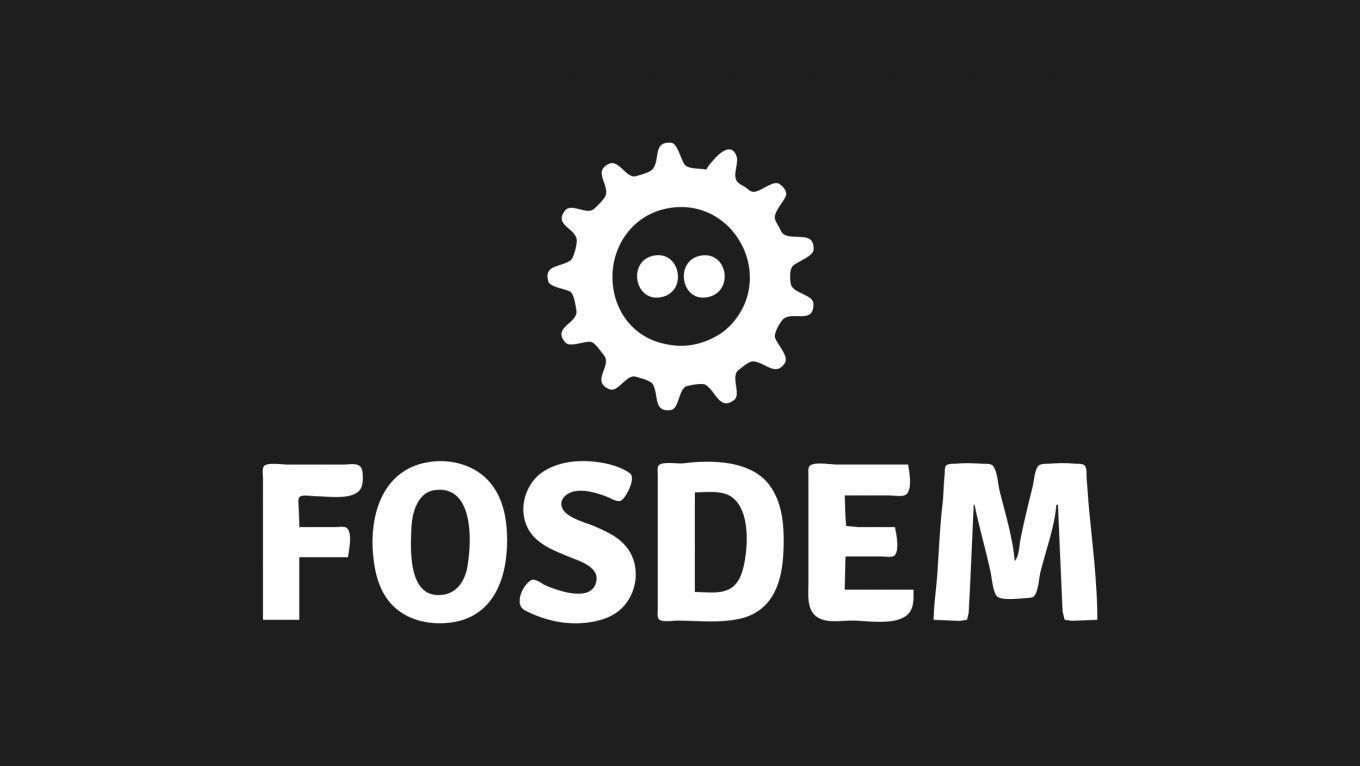Hardware-Aided Trusted Computing
Exploiting Interfaces of SEV-ES-protected Virtual Machines
Supported since Linux 5.10, the AMD SEV Encrypted State (SEV-ES) feature can be used to protect the confidentiality of a virtual machine (VM) by means of encryption and attestation.
Although the memory and registers of the VM are encrypted, the VM still communicates with the hypervisor for the emulation of special instructions and devices.
Because these operations have not been previously considered part of the attack surface, we discovered that a malicious hypervisor can provide semantically incorrect information in order to bypass SEV-ES.
In this talk, I provide technical details on the handling of special operations with SEV-ES, practically show how the original implementation could be exploited, and finally I show how the interfaces were hardened to fix the issues.
This talk includes four different attacks which:
1) use virtual devices to extract encryption keys and secret data from a virtual machine.
2) reduce the entropy of probabilistic kernel defenses in the VM by carefully manipulating the results of the CPUID and RDTSC instructions.
3) extract secret data or inject code by forging fake MMIO regions over the VM’s address space.
4) trick the VM to decrypt its stack and use Return Oriented Programming to execute arbitrary code inside the VM.
Additional information
| Type | devroom |
|---|
More sessions
| 2/6/21 |
A brief introduction to the room and to the sessions.
|
| 2/6/21 |
If you’re designing a project where security is uppermost, but you want to make it easy to use and compatible with multiple platforms (existing and future), what principles should you follow, and how do they translate into an architecture and actual code. We’ll present the 10 security design principles of the Enarx project, and discuss why they led us to where we are today: a Rust-based open source project with a WebAssembly run-time.
|
| 2/6/21 |
In this presentation we will introduce Veracruz, a project recently adopted by the Confidential Compute Consortium, exploring how efficient, collaborative computations between mutually distrusting parties can be developed using a mixture of hardware- and software strong isolation mechanisms. Veracruz uses Arm TrustZone, Intel SGX, AWS Nitro Enclaves, or the high-assurance seL4 microvisor, to provide a "neutral ground" within which a collaborative computation takes place, shielded from prying or ...
|
| 2/6/21 |
Graphene is a lightweight library OS, designed to run a single Linux application in an isolated environment. Currently, Graphene runs on Linux and Intel SGX enclaves on Linux platforms. With Intel SGX support, Graphene can secure a critical application in a hardware-encrypted memory region and protect the application from a malicious system stack with minimal porting effort. This talk will discuss the design, implementation, features, lessons learned, and the current status of the project. The ...
|
| 2/6/21 |
Existing attestation schemes require pre-signed enclave images and provide few means of including runtime-dependent configuration data (like report data, enclave held data, configid). In multi-party settings in which the parties may not always fully trust each other, attestation of multiple pieces of code or data images via these means is cumbersome and inefficient. For example, consider the case of a secure cloud service running a JavaScript interpreter, which interprets a third-party script, ...
|
| 2/6/21 |
Enclave technologies such as SGX generally have a relatively high context-switching cost. This is particularly noticeable when doing (network) I/O. In this talk we'll present the first non-LibOS implementation of an asynchronous I/O model for SGX. This gives you a language-native async I/O programming experience in Rust, outperforming any other way to build SGX network services.
|
| 2/6/21 |
In this talk, we present an open-source framework to develop heterogeneous, distributed enclaved applications. The main feature of our framework is to provide a high level of abstraction over the platform-specific TEE layer and over the secure communication between different modules, leaving to a developer only the task to write the application’s logic. We provide a notion of event-driven programming to develop distributed enclave applications in Rust and C for heterogeneous TEEs, including ...
|

